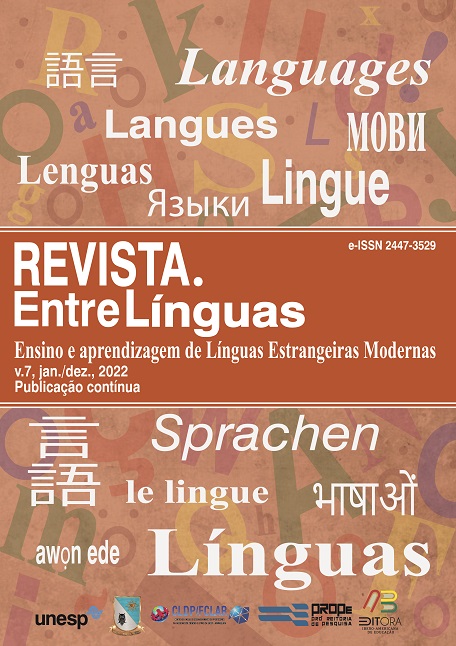Study of monuments written in higher school education curriculum
DOI:
https://doi.org/10.29051/el.v8i00.17470Keywords:
Literary language in teaching, Family-household style, Literary norm and anomaly in educationAbstract
The study of ancient written monuments in the curricula of universities is relevant today. It is also important to study the styles of these written monuments during their teaching. Translation monument of the 16th century “Shuhadaname” is one of the richest prose monuments of the Azerbaijani literary language family style. This work, translated into Azerbaijani by Hussein Vaiz Kasifi's from Persian “Rovzatush-Shuhada” (“Garden of Martyrs”) by Secretary Nishati, is devoted to the Islamic interpretation of the idea of martyrdom reflected in religious books, as well as family and domestic relations in that ideological context. The article examines the elements of family style in the language of the translation of “Shuhadaname”, the features of the living vernacular, which characterizes the speech of individual characters, the speech situation, the effectiveness (intensity) of speech, etc. analyzed from the perspectives. In this article we will talk about styles in the language of “Shuhadaname”, one of the monuments of the XVI century.
Downloads
References
ABDULRAHIMOV, E. Linguistic pragmatics. Baku: Science and Education, 2014.
AKHUNDOV, A. General linguistics. Baku: East-West, 2011.
HAJIYEV, T. Selected works. Baku: Science, 2016. v. 1.
JAFAROV, N. Multidisciplinary linguistics. Baku: Science and education, 2021.
NAGHISOYLU, M. Shuhadaname. Baku: Science, 2019.
Published
How to Cite
Issue
Section
License

This work is licensed under a Creative Commons Attribution-NonCommercial-ShareAlike 4.0 International License.
Os manuscritos aceitos e publicados são de propriedade da Revista EntreLínguas. Os artigos publicados e as referências citadas na Revista EntreLínguas são de inteira responsabilidade de seus autores.
Transferência de direitos autorais – autorização para publicação
Caso o artigo submetido seja aprovado para publicação, já fica acordado que o(s) autor(es) autoriza(m) a UNESP a reproduzi-lo e publicá-lo na EntreLínguas, entendendo-se os termos “reprodução” e “publicação” conforme definição respectivamente dos incisos VI e I do artigo 5° da Lei 9610/98. O artigo poderá ser acessado pela rede mundial de computadores (Internet), sendo permitidas, a título gratuito, a consulta e a reprodução de exemplar do artigo para uso próprio de quem a consulta, desde que haja a citação ao texto consultado. Essa autorização de publicação 328 EntreLínguas, Araraquara, v. 1, n .2, p. 323-328, jul./dez. 2015 não tem limitação de tempo, ficando a UNESP responsável pela manutenção da identificação do(s) autor(es) do artigo. Os artigos publicados e as referências citadas na Revista EntreLínguas são de inteira responsabilidade de seus autores.











